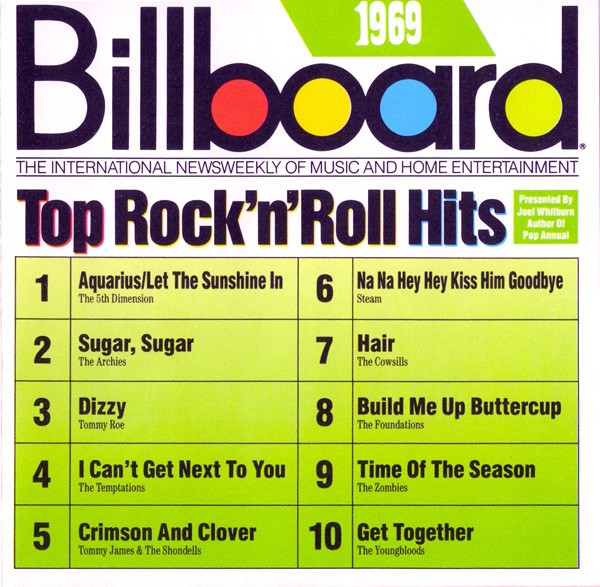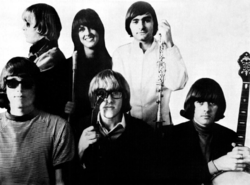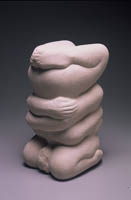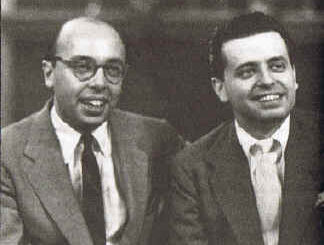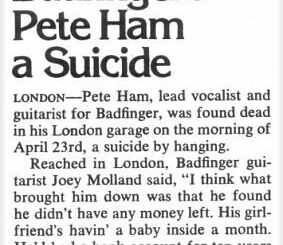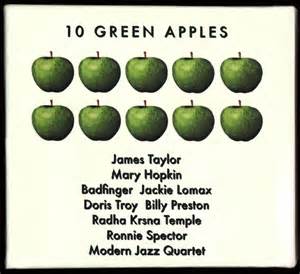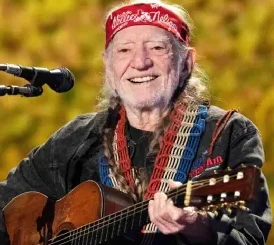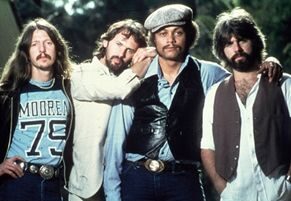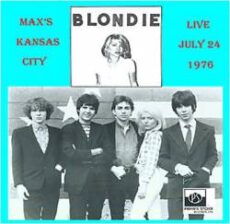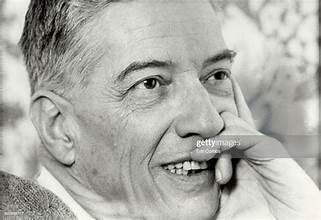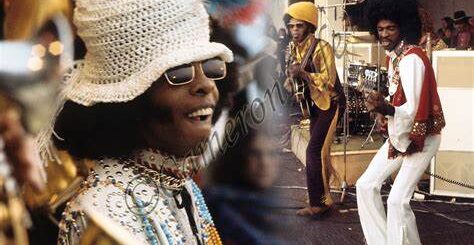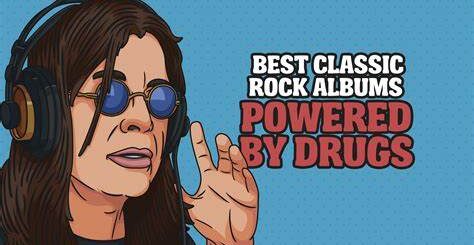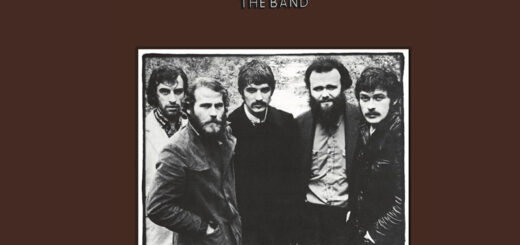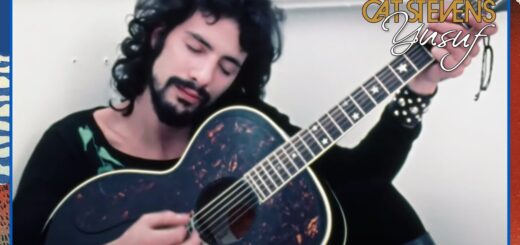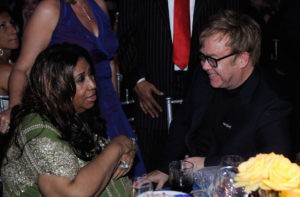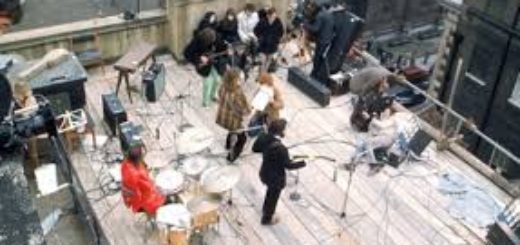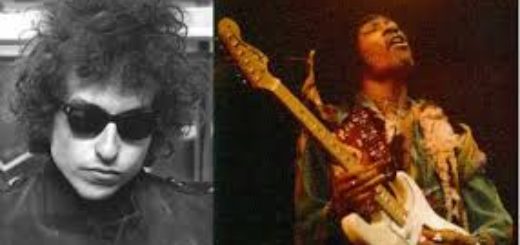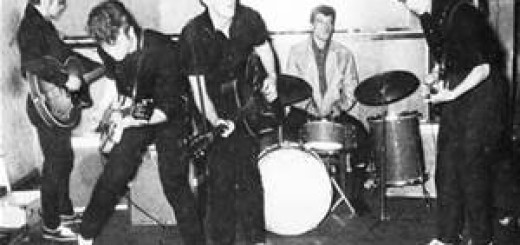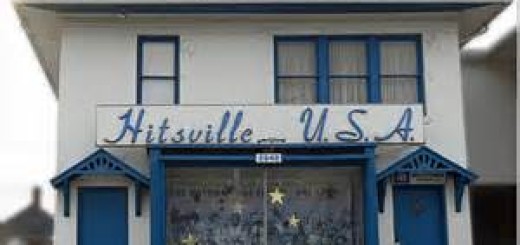When Soul Music and Rock Shared the Top of the Charts

The sixties was a time for breaking down racial barriers. Music was no exception.
The Way It Was
By the mid-twentieth century, popular music was rigidly divided by race. Black artists were confined to the “race” charts, mirroring the segregated American landscape.
Black rock ‘n’ roll pioneers such as Chuck Berry, Fats Domino, Little Richard, James Brown, Sam Cooke and Ray Charles each had loyal white followings and for the most part hovered above the racial caste system.
Tear Down Those Walls
White artists dominated the pop charts in those days. But that was rapidly changing, as the electric guitar replaced teen idols, Elvis replaced Sinatra and the Beatles changed everything.
Walls erected with racial intent were bound to fall. Back in 1949, an enterprising Billboard reporter named Jerry Wexler renamed the publication’s “race” charts to a more enlightened “rhythm & blues.” In the tumult of the 1960s, according to rock historian Robert Christgau, rock ‘n’ roll was made conscious of itself as an art form and called itself rock.
Soul music emerged from a synthesis of rhythm & blues, jazz, blues and gospel music to become a very acceptable form of black entertainment. Its package combined sharp dressing, slick horn arrangements, back-up harmonies and dance performances and especially pop-friendly rhythms and melodies. It dominated high school dances and AM radio.

According to AllMusic, “soul music was the result of the urbanization and commercialization of rhythm and blues in the sixties.”
Here is an example of that commercialization, the Temptations slickly performing “Ain’t Too Proud to Beg,” published by Homegrown Television via YouTube. The video is 2+ minutes.
Crossing Over
It was during the mid-sixties that soul recordings crossed over into the pop charts in the US and elsewhere. Two among the reasons:
Civil Rights: At the height of the civil rights movement, white audiences became more receptive to black expression. It was a time of questioning authority. Soul artists responded in kind to the politicized clamor with “message” songs such as the Temptations’ “Papa Was a Rolling Stone.” Psychedelic soul became a thing.
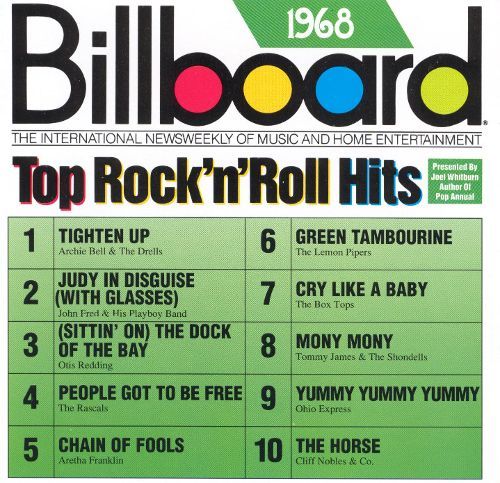
The labels: Soul was fortunate to have two powerhouse labels recording and promoting crossover artists: Motown and Atlantic Records. You couldn’t listen to a radio for too long in the mid-to-late sixties without catching a Motown hit. Atlantic’s VP Jerry Wexler (him again) created a pipeline for grooming promising Black artists through his association with Stax-Volt Records in Memphis and the Muscle Shoals Sound Studio in Alabama. He made stars of Aretha Franklin and Wilson Pickett. Here is Pickett’s “Land of 1000 Dances,” a dynamic live video from the 1971 movie Soul to Soul via YouTube:
Rock & Roll Hall of Fame
For evidence of the commingling of the two completely different musical genres, you can look no further that the Rock & Roll Hall of Fame. Since its first induction class in 1986, which included the rock’n’ roll pioneers mentioned above plus Elvis and Buddy Holly, soul performers ruled the roost in those early days.
The class of 1987 included the Coasters, Aretha Franklin, Marvin Gaye, Smokey Robinson and Jackie Wilson.
Rounding out the eighties, alongside the inductions of the Beatles, the Rolling Stones and Bob Dylan were the Drifters, the Supremes, Otis Redding, the Temptations and Stevie Wonder. Wilson Pickett had to wait until 1991.
Even after the social justice demonstrations of last summer, racial harmony remains an elusive commodity. But music always had dynamic healing power.

